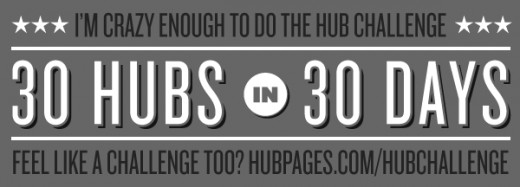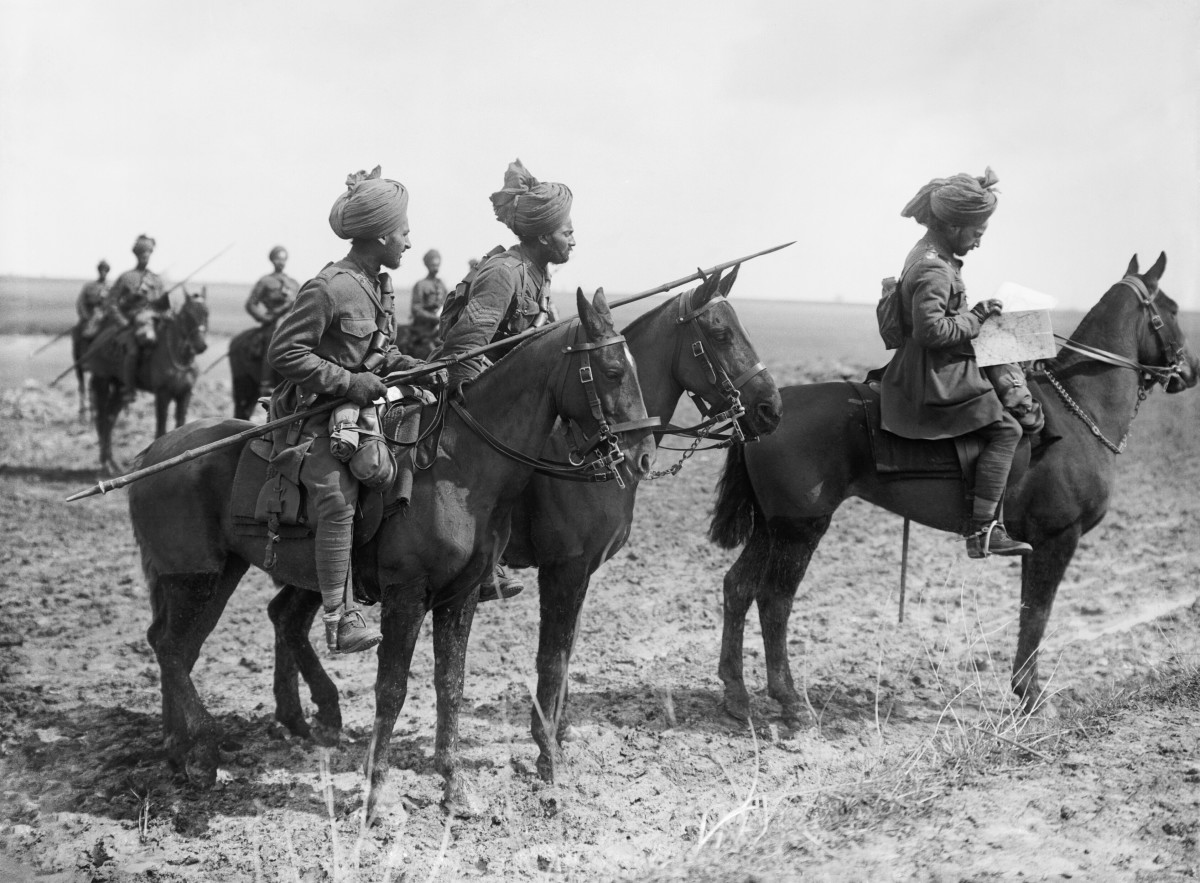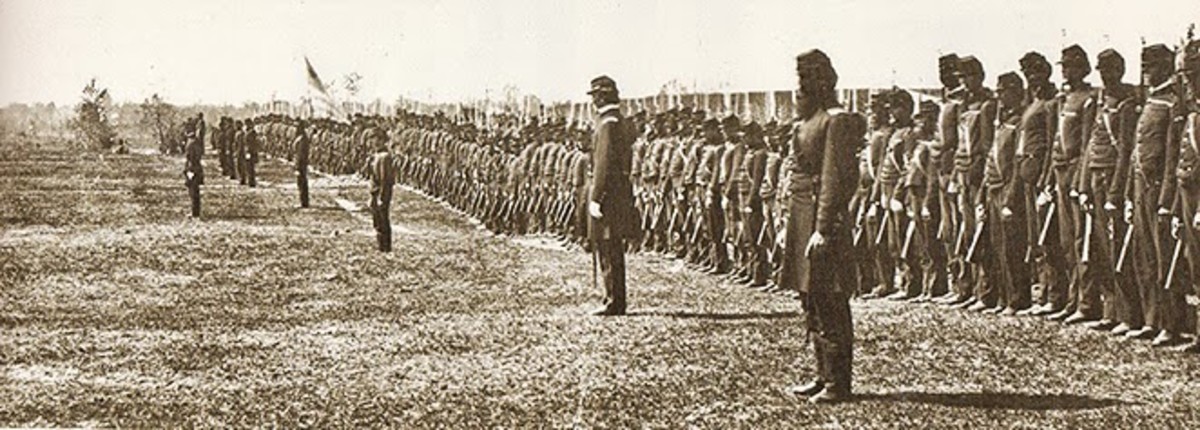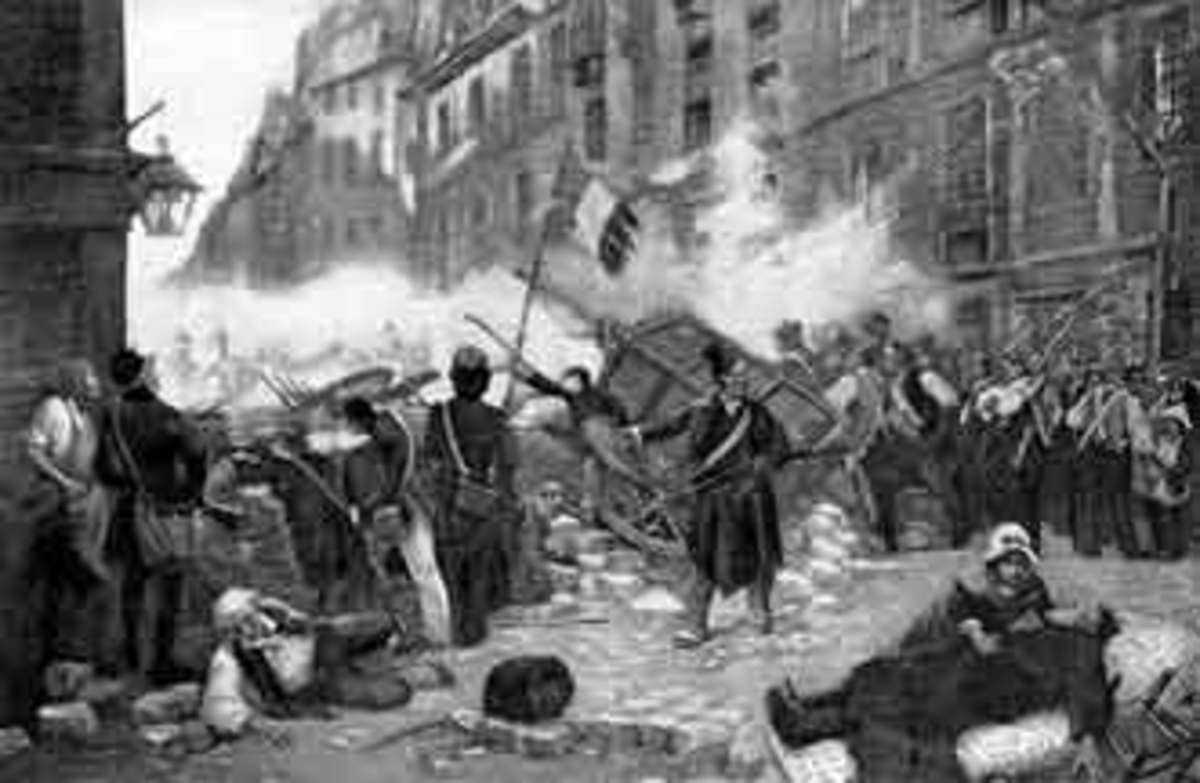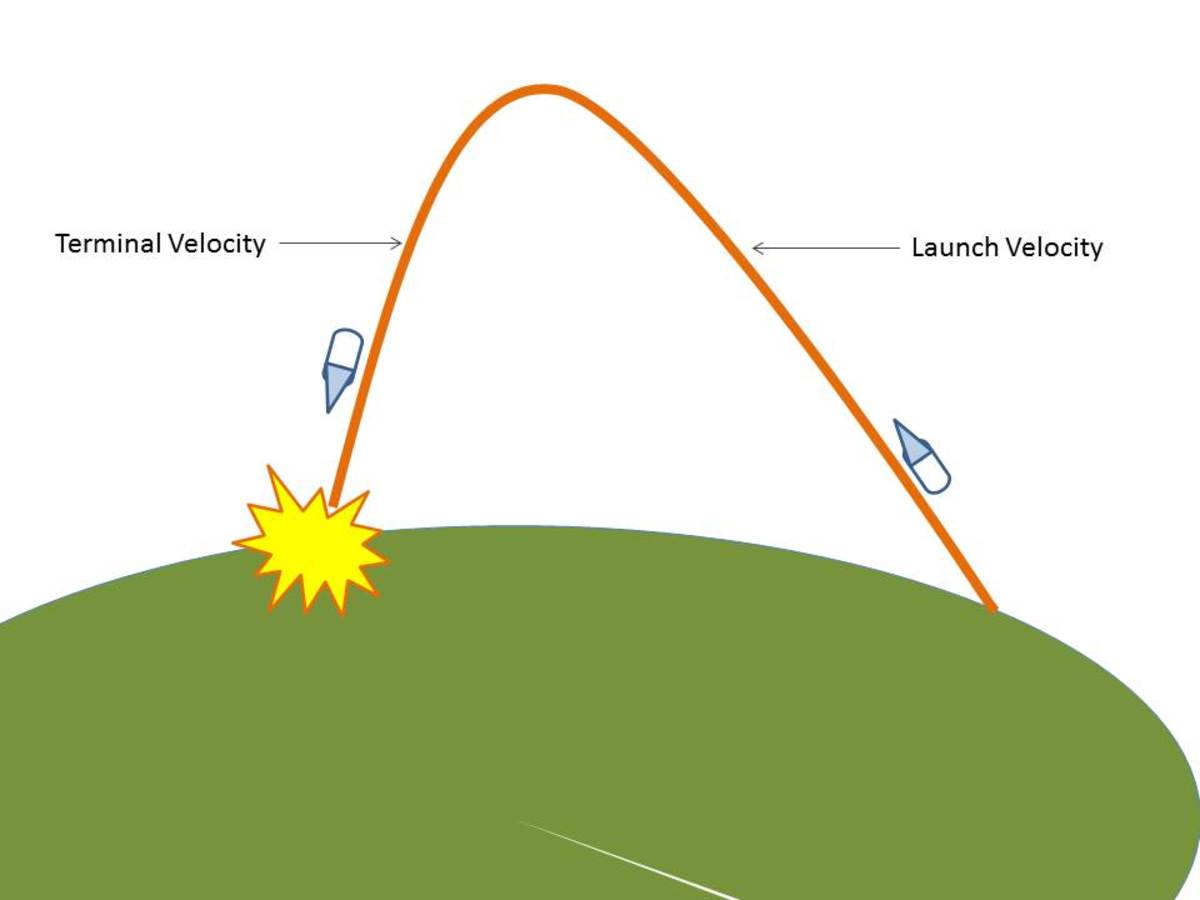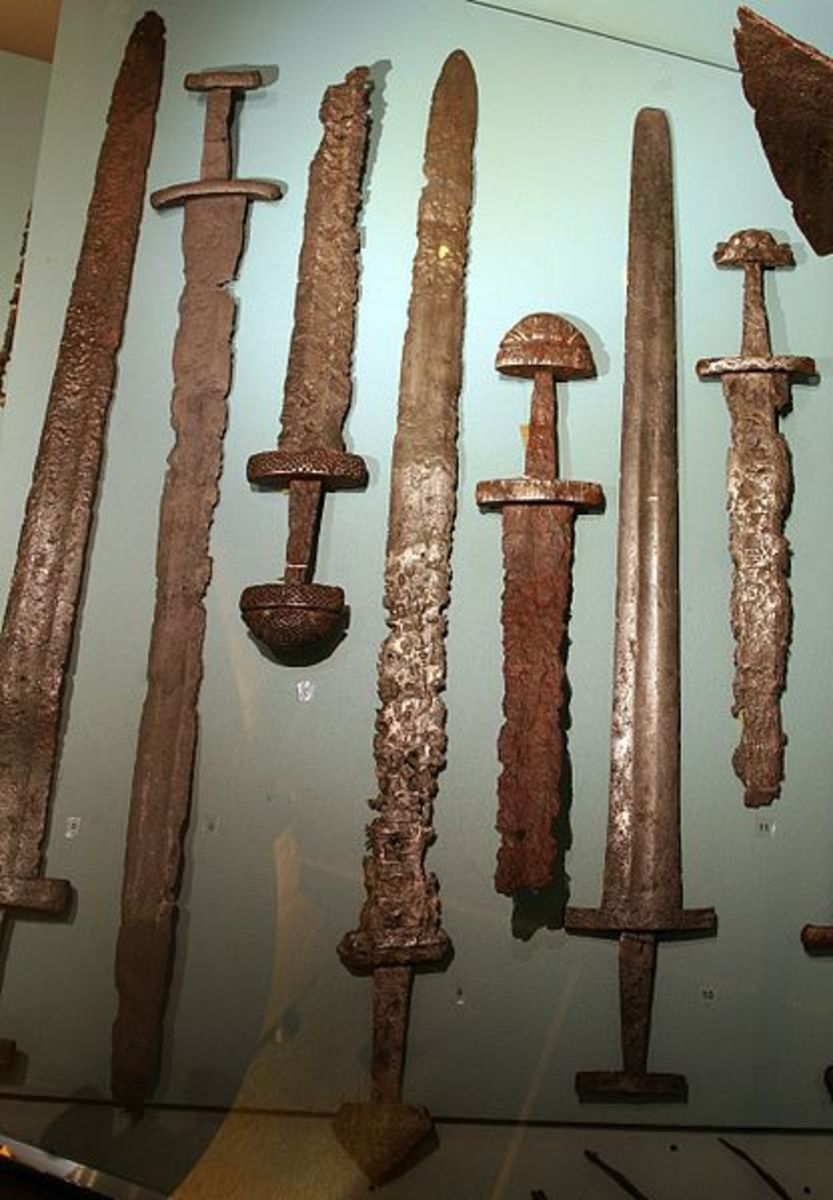- HubPages»
- Education and Science»
- History & Archaeology»
- Military History
British Army Guards
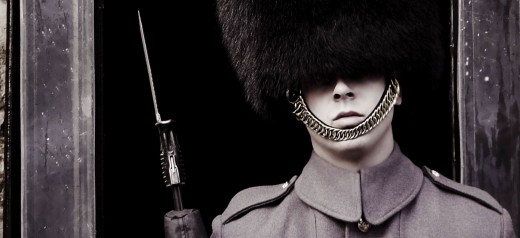
Guards are the regiments of the British Army that form the Household Brigade. They are the personal bodyguard of the Sovereign. The Household Brigade consists of the Household Cavalry and the Guards Division. The Guards regiments were originally raised to protect King Charles II after his restoration to the throne in 1660. Nowadays, their peace-time duties are mainly ceremonial. But they are fully trained for modern warfare, and take their turn at overseas duties. Their fighting qualities in wartime have earned them a high reputation.
The ceremonial duties of the Guards Division include mounting guard at places of royal residence. These include Buckingham Palace and Windsor Castle.
Different Types of Guards
The Household Cavalry consists of two regiments, the Life Guards and
the Royal Horse Guards. The gentlemen who had formed Charles IPs
bodyguard while he was in exile were formed into a troop of horse after
the Restoration. In 1788, this regiment was reorganized as the 1st and
2nd Life Guards. But, in 1922, the two regiments were united. The Royal
Horse Guards regiment was formed from one of the Parliamentary
regiments of the English Civil War. Most of the Parliamentary forces
were disbanded in 1661, after the Restoration. But Col. Unton Crook's
regiment of horse was retained, and became the Royal Regiment of
Horse. Later, it was nicknamed the Oxford Blues, because its members
wore blue uniforms and the Earl of Oxford was their commander.
The Life Guards' full-dress uniform is red, faced with blue, with white
plumes. The Royal Horse Guards' full-dress uniform is blue, faced with
red, with red plumes. Officers' uniforms are trimmed with gold lace in
the pattern of oak leaves, commemorating the day when Charles II hid in
an oak tree while escaping from Cromwell's soldiers. The musicians and
trumpeters of the Household Cavalry wear gold-laced coats and velvet
caps. This dress is a royal uniform, not a military one. The bandsmen
of the two regiments are dressed alike. But they can be distinguished
by the way their horses' manes fall—to the offside (right) for the Life
Guards and to the nearside (left) for the Royal Horse Guards.
The Household Cavalry provides mounted sentries who guard the Horse
Guards building in Whitehall. The ceremony of Changing the Guard takes
place there every morning. The two regiments also provide mounted
escorts for state processions.
The Guards Division consists of five regiments of foot-guards. The
Grenadier Guards was formed from the foot soldiers who accompanied
Charles II in his exile. At the Restoration, the regiment became the
1st Foot Guards. At the Battle of Waterloo, the regiment defeated the
grenadiers of Napoleon's Old Guard, and received the official title of
Grenadier Guards as an honour. Napoleon's grenadiers had taken this
name from the men who threw grenades.
The Coldstream Guards regiment was formed from a Parliamentary regiment
that Gen. George Monk raised in 1650. It was named after the little
town of Coldstream, on the River Tweed in Berwickshire, where the
regiment crossed from Scotland to England in 1660. The Scots Guards
regiment was raised in 1642, in Scotland. The Irish Guards regiment was
raised in 1900 during the Boer War. An earlier regiment of Irish Guards
left Britain after King James II fled the country in 1688. The Welsh
Guards regiment was formed in 1915.
The uniform of the Guards Division is scarlet and blue, and is based on
the royal livery (household uniform) of Charles II's time. The main
differences between the uniforms of the regiments are the buttons on
the.men's tunics and the plumes in their bearskins (fur caps). The
Grenadier Guards have their buttons spaced at regular intervals, and
wear white plumes on the left of their bearskins. The Coldstream Guards
have their buttons grouped in pairs, and wear red plumes on the right
of their bearskins. The Scots Guards have their buttons grouped in
threes, and their bearskins have no plumes. The Irish Guards have their
buttons grouped in fours, and wear blue plumes on the right of their
bearskins. The Welsh Guards have their buttons grouped in fives, and
wear white and green plumes on the left of their bearskins.
